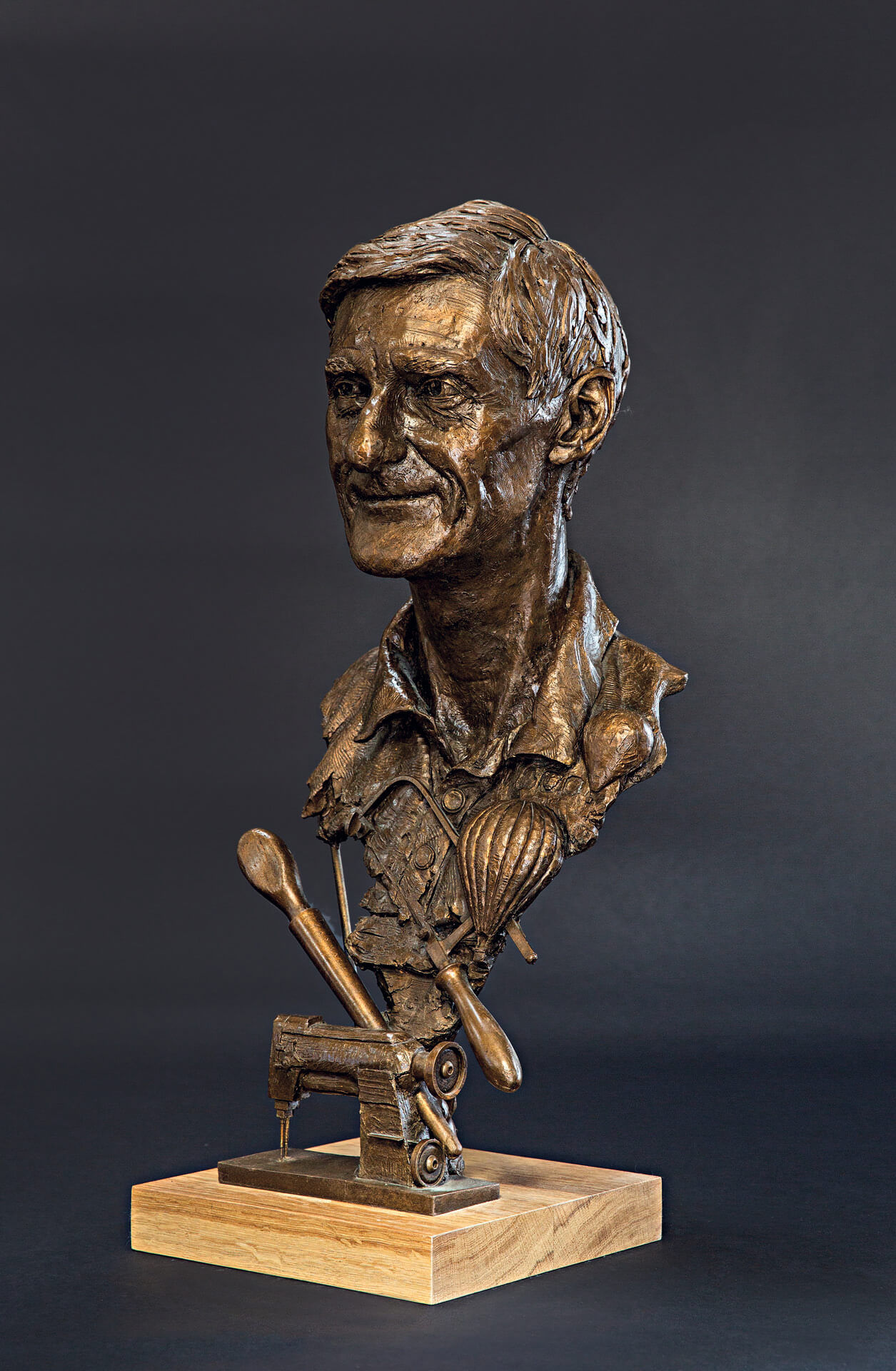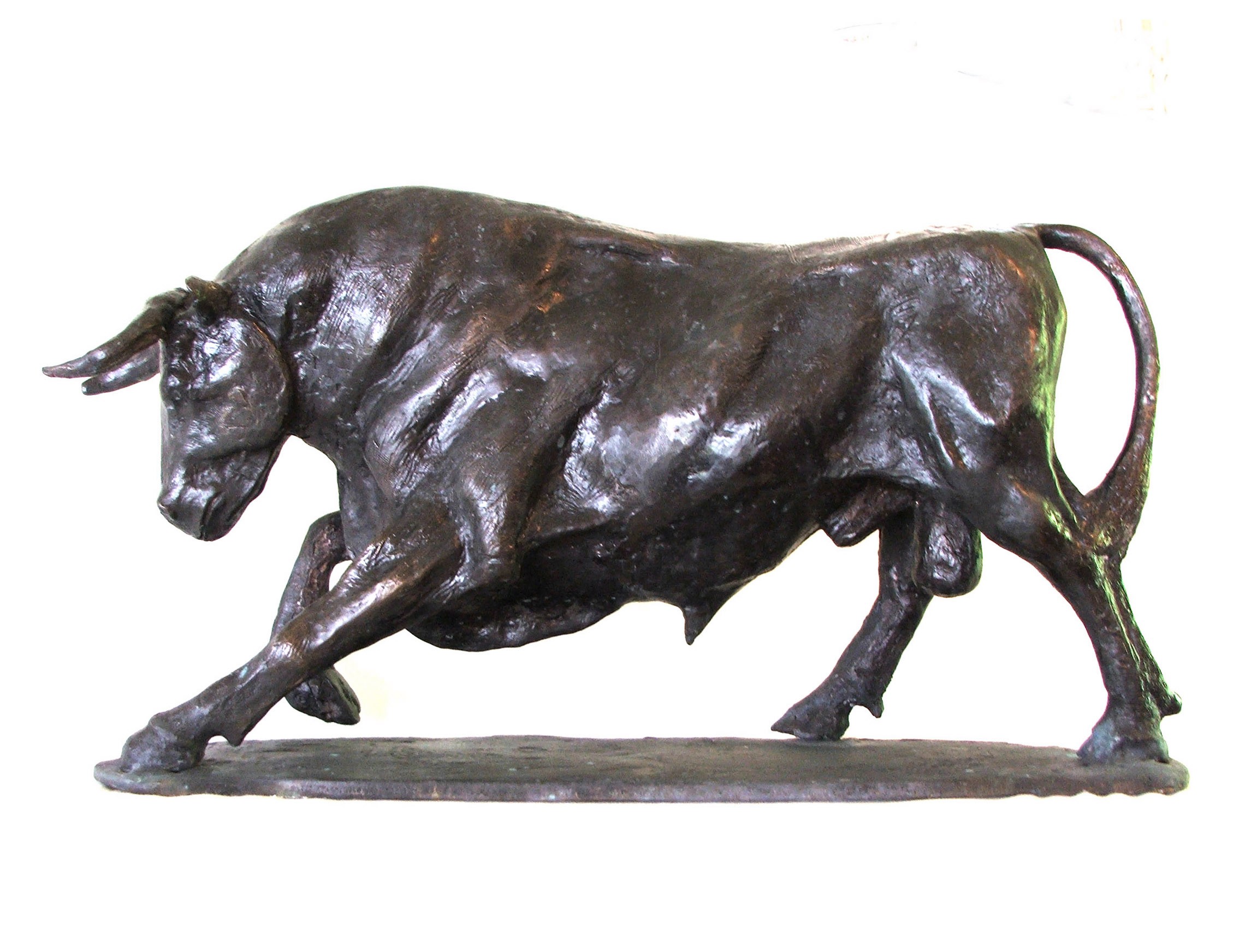Shaping the Human Kind: Representations of the Body in Sculpture
Forming the Human Type: Representations of the Body in Sculpture is a comprehensive exploration of the artistic representation of the human body throughout history. This exhibition explores the various techniques, styles, and cultural point of views that have shaped the way artists have portrayed the human type in sculpture. From the elegant marble sculptures of old Greece to the detailed work of arts of the Renaissance, from the flamboyant and luxuriant Baroque and Rococo sculptures to the progressive and abstract expressions of modern-day and contemporary sculpture, this exhibition uses a fascinating journey through the evolution of this timeless art kind - Figurative Sculptures. By examining the diverse analyses and representations of the human body, site visitors will certainly acquire a much deeper understanding of the imaginative, cultural, and societal impacts that have actually formed our understanding of the human kind.
Old Greek Sculptures

Among the defining qualities of Ancient Greek sculptures is their focus on symmetry. Each part of the body is carefully crafted to be symmetrical to the entire, developing a sense of balance and harmony. The carvers paid cautious interest to every information, from the positioning of muscles to the positioning of limbs, guaranteeing that each figure appeared both stylish and effective.
The Greeks additionally valued the idea of idealized appeal. As opposed to illustrating the blemishes and imperfections of the human kind, they looked for to develop an idyllic variation of truth. The sculptures often depicted goddesses, gods, and athletes, with their bodies formed to perfection. Figurative Sculptures. This idealized portrayal of the human kind not only renowned physical beauty however additionally functioned as a method of inspiring and boosting the visitor.
Renaissance Masterpieces
Continuing the exploration of the portrayal of the human type in sculpture, Renaissance work of arts further fine-tune the idyllic principle of charm, building upon the in proportion and harmonious percentages of their Old Greek precursors. Throughout the Renaissance duration, which spanned from the 14th to the 17th century in Europe, artists looked for to revitalize the timeless perfects of old Greece and Rome. They researched and copied the jobs of the old masters, making every effort for a reasonable depiction of the body.
His work of art, the sculpture of David, exemplifies the excellence and poise that ended up being associated with Renaissance art. Standing at over 17 feet tall, the sculpture portrays the scriptural hero in a state of calmness before his fight with Goliath.
An additional significant Renaissance sculptor was Donatello. His sculpture of Saint George, created in the very early 15th century, showcases the musician's capacity to share toughness and the aristocracy through the human form. The sculpture illustrates the famous dragon-slaying saint in a poised and certain stance, exhibiting a sense of heroism.
Renaissance work of arts not only commemorated the physical appeal of the human body however also shared deeper emotions and significances. Through their thorough interest to information and knowledgeable craftsmanship, Renaissance artists raised the art of sculpture to brand-new heights, leaving a lasting tradition that remains to influence artists to this particular day.
Baroque and Rococo Sculpture
Rococo and baroque sculpture exhibits the ornate and lavish portrayal of the human type throughout the 17th and 18th centuries. Musicians such as Gian Lorenzo Bernini and Alessandro Algardi created sculptures that communicated activity, commonly showing figures in dramatic presents.
Rococo sculpture, on the various other hand, emerged as a reaction to the grandiosity of the Baroque period. They frequently portrayed figures in graceful and sensuous positions, mirroring the laid-back and wayward nature of the Rococo design.
Both Baroque and Rococo sculpture placed a fantastic emphasis on the human kind, commemorating its charm and expressing a range of feelings - Bronze Sculptures. Whether it was the vibrant and powerful figures of the Baroque or the graceful and captivating numbers of the Rococo, these sculptures caught the essence of the human experience, leaving a long-term influence on the art world
Modern and Contemporary Sculpture
The development of forming the human form proceeds in modern and modern sculpture. Modern sculpture arised in the late 19th century as a response to the altering political and social landscape.
In the 20th century, the rise of abstraction and conceptual art brought brand-new opportunities for artists. Artists like Henry Moore and Barbara Hepworth checked out the connection in between kind and space, developing natural and abstracted figures that tested standard ideas of representation. Moore's significant bronze sculptures and Hepworth's sculpted stone works are commemorated for their innovative use products and their capacity to stimulate a sense of the body in a non-literal way.
Contemporary sculpture continues to press the boundaries of representation and discover brand-new materials and strategies. Musicians like Antony Gormley and Ron Mueck produce hyper-realistic sculptures that test our understanding of the body, while others, such as Louise Bourgeois and Kiki Smith, utilize the body as an allegory for cumulative and personal experiences. The human type continues to be a powerful topic in sculpture, offering a system for musicians to discover identification, feeling, and the human problem.
Cultural Point Of Views on the Body

In the expedition of forming the human kind, the examination of social viewpoints on the body reveals a abundant and varied tapestry of depictions and interpretations. Throughout history, various societies have actually held special beliefs and values concerning the body, resulting in unique imaginative expressions - Robert C Hitchcock Sculptor. These social viewpoints form the way the human body is depicted and perceived in sculpture, mirroring social standards, religious ideas, and aesthetic suitables
As an example, old Greek sculptures commemorated the idealized human kind, emphasizing physical appeal and athleticism. The sculptures portrayed gods, heroes, and professional athletes with perfectly proportioned bodies, embodying the Greek concept of physical perfection. In comparison, ancient Egyptian sculptures focused on the conservation of the body in the afterlife, illustrating figures with inflexible poses and idealized attributes. The Egyptians thought that the body should be offered in such a way that ensured its everlasting presence.
In a similar way, cultural viewpoints on the body in African art usually stress common identity and spiritual ideas (Contemporary Sculptures). Sculptures from numerous African societies illustrate the human body with exaggerated attributes, signifying ancestral connections and social values. Indigenous cultures in the Americas additionally have distinct perspectives on the human body, commonly depicting it in a spiritual context and highlighting the link in between people and nature
The examination of cultural point of views on the human body in sculpture permits us to gain insight into the values, beliefs, and visual appeals of various cultures throughout background. It highlights the diversity of human experiences and the methods which art shows and forms our understanding of the human kind.

Verdict
In verdict, the portrayal of the body in sculpture has evolved over time, mirroring different imaginative movements and cultural point of views. From the idealized figures of Old Greek sculptures to the emotive and realistic next page Renaissance masterpieces, and the detailed information of Baroque and Rococo sculptures, to the abstract and experimental kinds of modern and contemporary sculpture. The body has actually been a subject of fascination and creative exploration throughout background, showcasing the varied analyses and expressions of the human type.
Forming the Human Form: Portrayals of the Body in Sculpture is a comprehensive exploration of the creative depiction of the human body throughout history. From the elegant marble sculptures of ancient Greece to the complex work of arts of the Renaissance, from the flamboyant and ornate Baroque and Rococo sculptures to the progressive and abstract expressions of contemporary and contemporary sculpture, this exhibit uses a fascinating journey with the evolution of this timeless art kind. Artists like Antony Gormley and Ron Mueck create hyper-realistic sculptures that challenge our understanding of the human body, while others, such as Louise Bourgeois and Kiki Smith, make use of the body as an allegory for cumulative and individual experiences. The human kind continues to be an effective topic in sculpture, offering a platform for artists to discover identification, emotion, and the human condition.
From the idealized numbers of Ancient Greek sculptures to the stirring and practical Renaissance work of arts, and the complex details of Baroque and Rococo sculptures, to the abstract and speculative types of contemporary and modern sculpture.